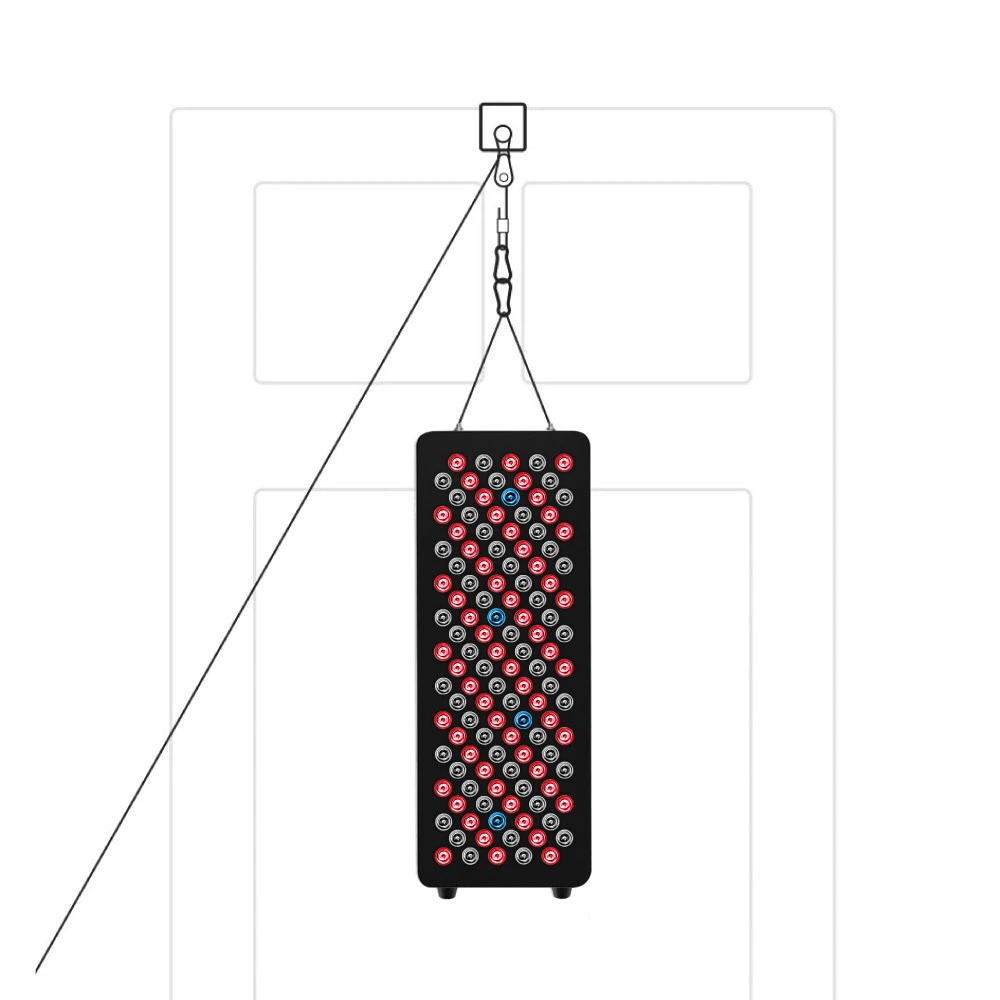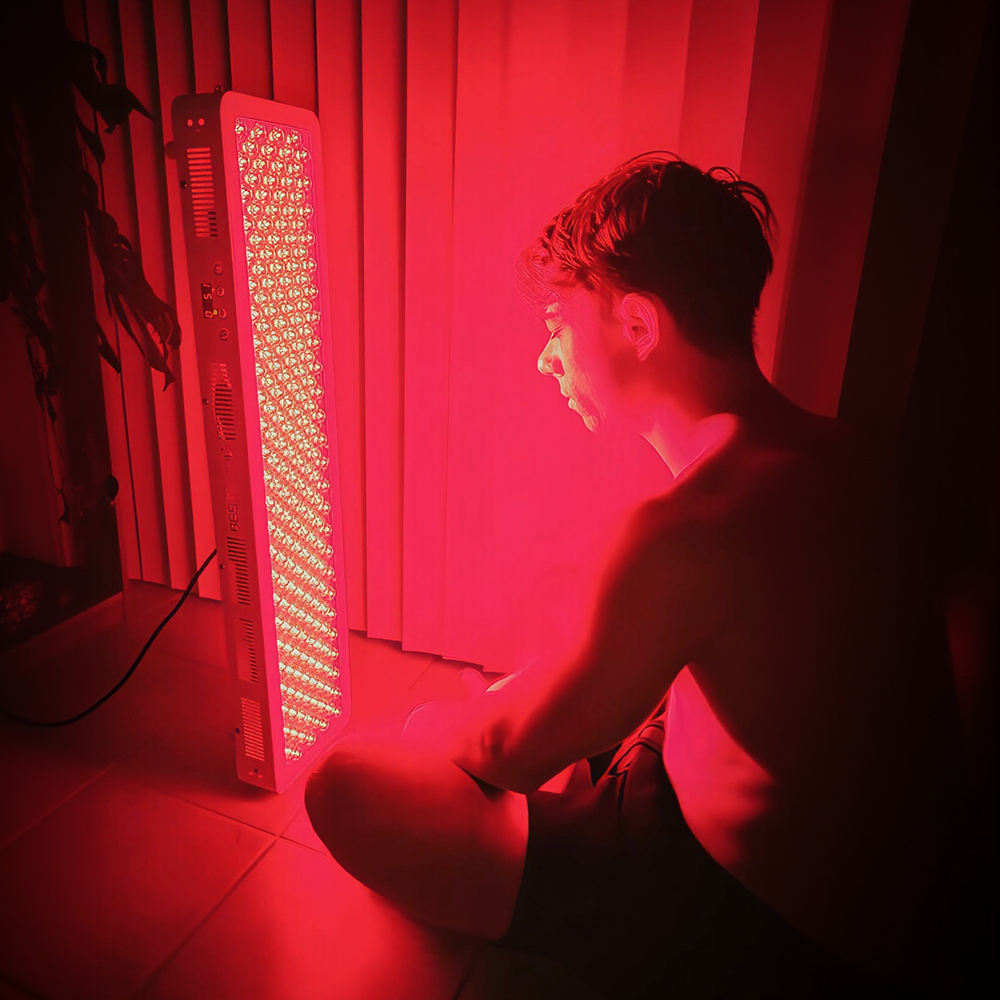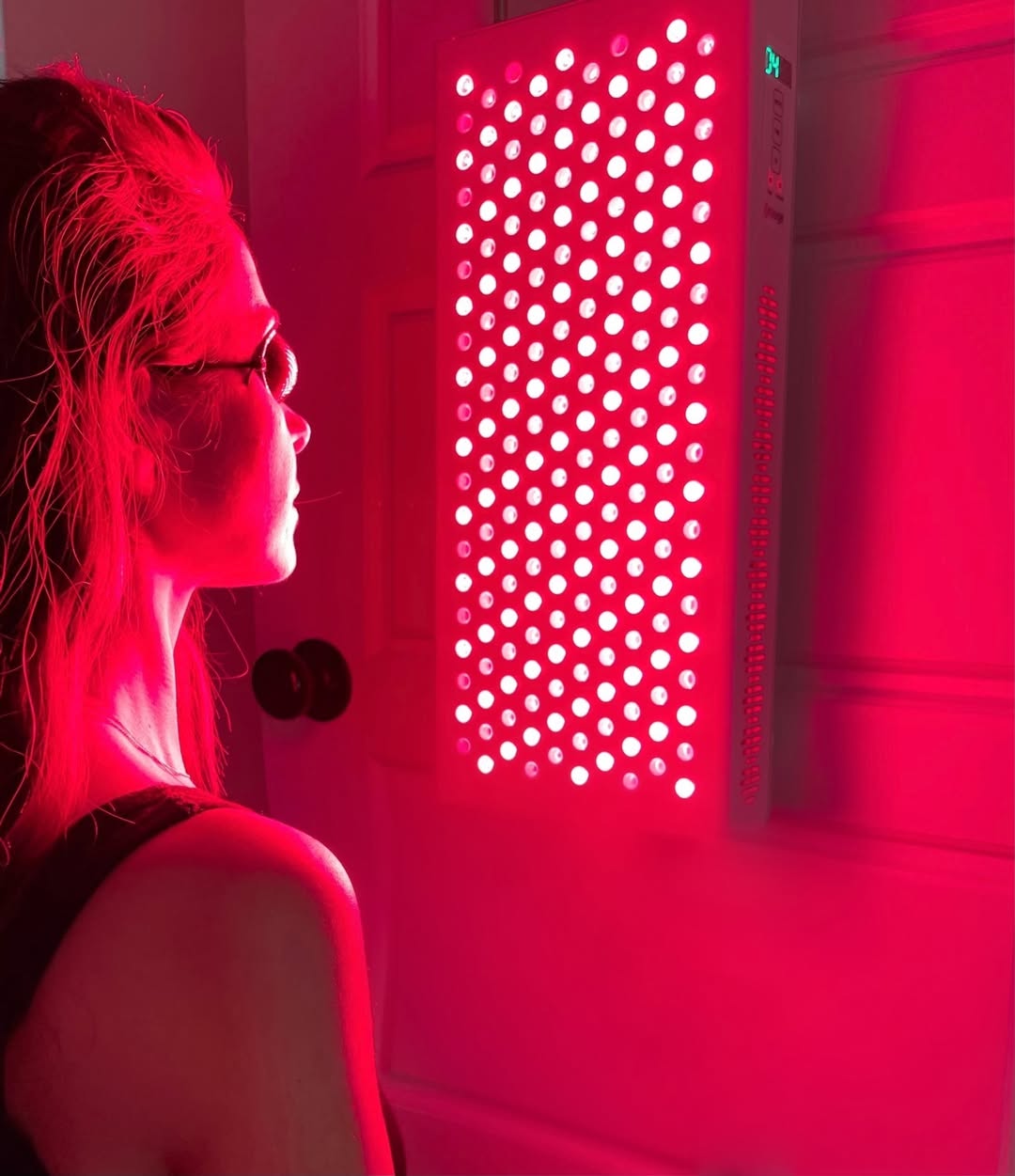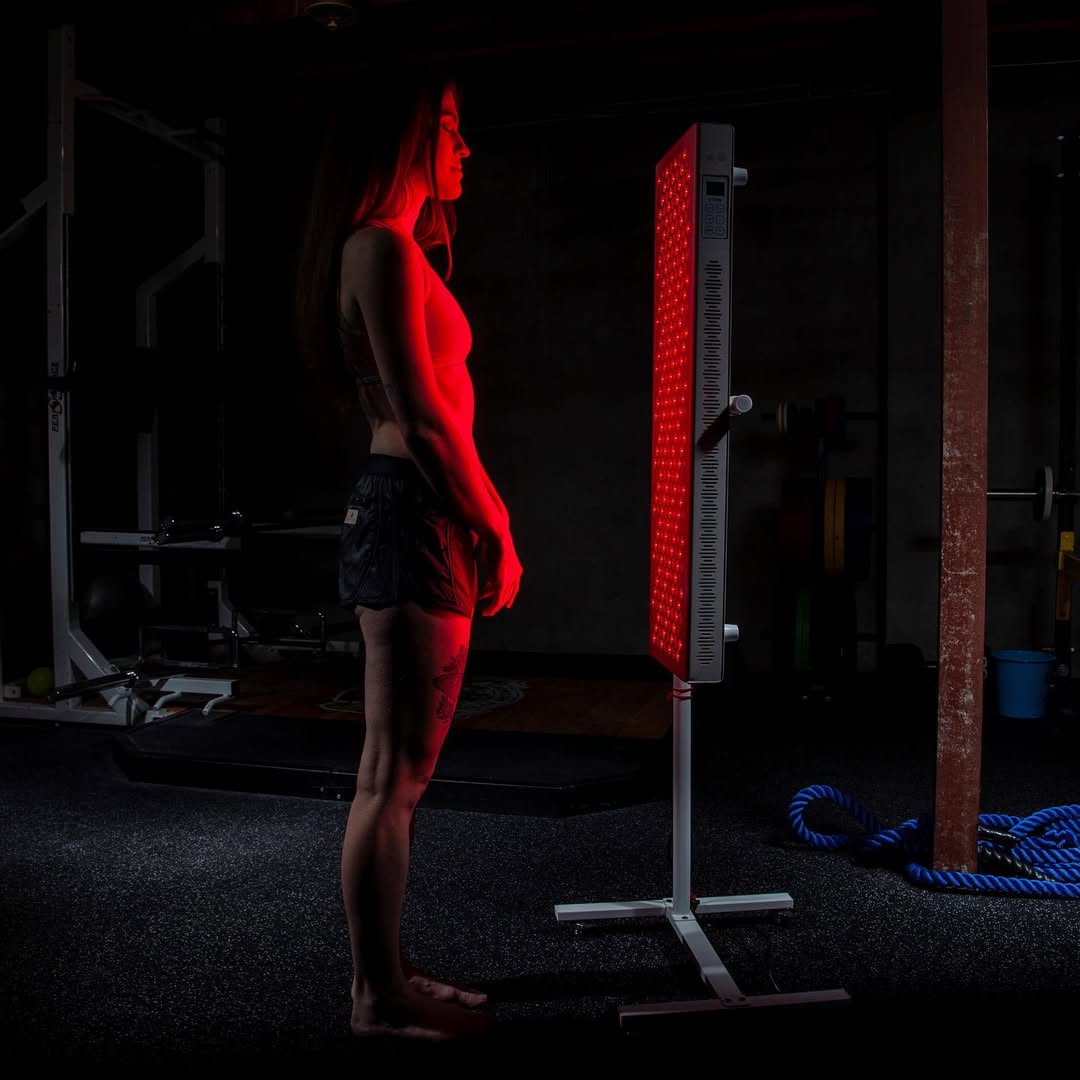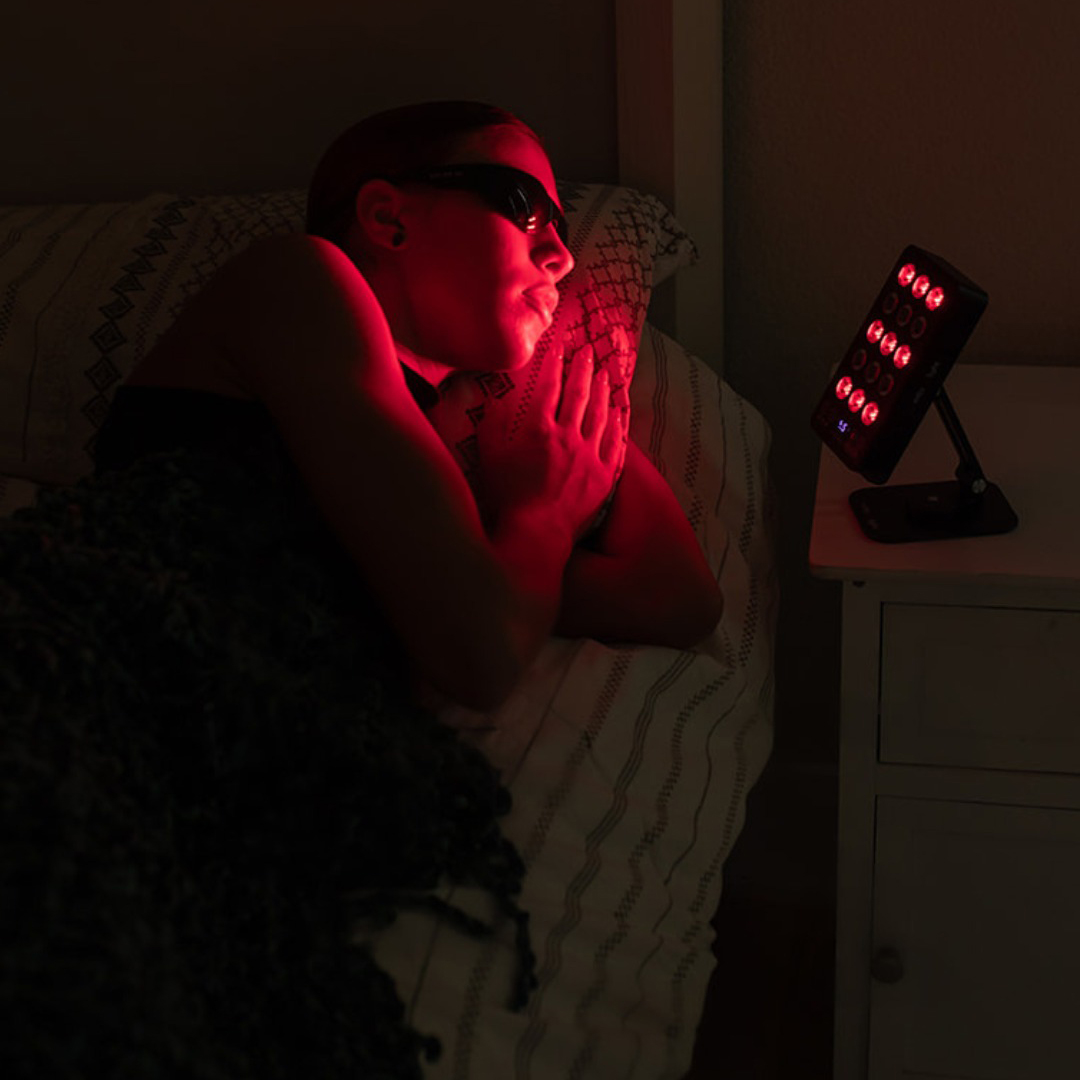![]() Free Shipping
Free Shipping ![]() Buy Now, Pay Later
Buy Now, Pay Later ![]() Eligible
Eligible
Red Light Therapy for Stye Treatment: A Science-Backed Guide
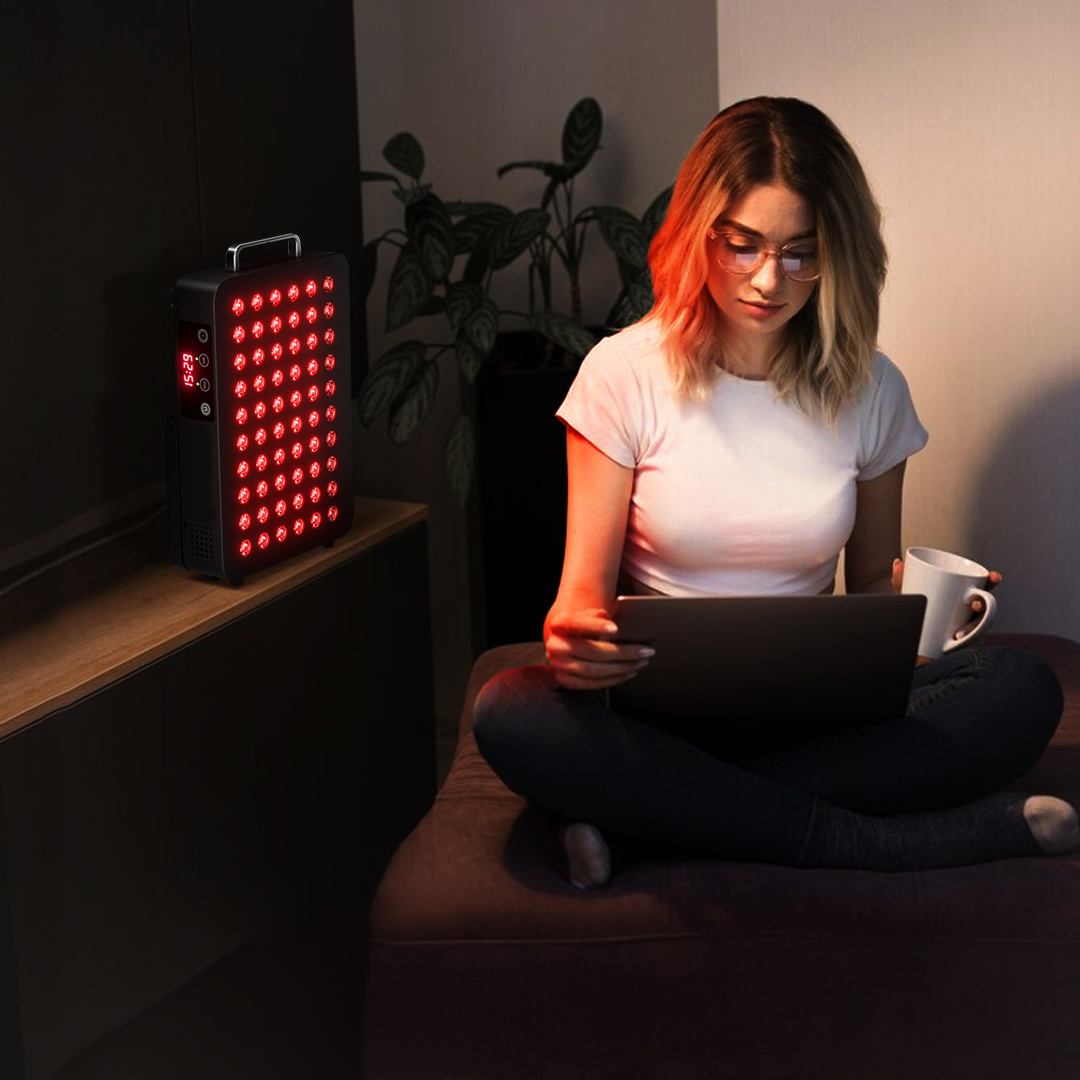
A stye (or hordeolum) is a common, painful, and often unsightly eye infection. While traditional remedies like warm compresses are the go-to, a modern, technology-driven solution is gaining traction: Red Light Therapy (RLT).
This article explores how red light therapy can be an effective, non-invasive treatment for styes, speeding up healing and reducing discomfort.
What is a Stye? Understanding the Eye Infection
A stye is a small, painful lump on or inside the eyelid. It is essentially a bacterial infection, most often caused by Staphylococcus bacteria, that affects the oil glands of the eyelid. They can be:
- External Stye: Located at the base of an eyelash follicle. Appears as a red, swollen bump, similar to a pimple.
- Internal Stye: Occurs inside the eyelid on one of the meibomian (oil-producing) glands.
Common symptoms include pain, swelling, redness, tenderness, and sometimes a pus-filled center.
How Does Red Light Therapy Work to Heal a Stye?
Red Light Therapy, also known as Low-Level Laser Therapy (LLLT) or photobiomodulation, uses specific wavelengths of red and near-infrared light to penetrate the skin. Unlike UV light, this light is non-thermal and non-damaging.
When applied to a stye, the light energy is absorbed by the mitochondria within our cells, triggering a cascade of therapeutic effects.
The Biological Mechanisms Behind RLT
- Reduces Inflammation: RLT has a powerful anti-inflammatory effect, calming the immune system’s overreaction that causes significant swelling and pain.
- Increases Blood Circulation: The therapy stimulates the formation of new capillaries (angiogenesis) and improves blood flow to the area. This delivers more oxygen and immune cells to fight the infection.
- Accelerates Tissue Repair: By boosting cellular energy (ATP production), RLT helps skin and glandular cells repair and regenerate more quickly.
- Antibacterial Effects: While not a direct antibiotic, the reduction in inflammation and improved immune response helps the body naturally combat the bacterial infection more effectively.
As Dr. Michael R. Hamblin, a leading photomedicine researcher and former Associate Professor at Harvard Medical School, states: “Photobiomodulation can reduce inflammation and oxidative stress, and promote tissue repair and regeneration… It can modulate the immune response, which is crucial in resolving infections like a stye.”
Red Light Therapy vs. Traditional Stye Treatments
How does RLT stack up against the classic advice from your doctor? Here’s a comparative look.
| Treatment Method | How It Works | Pros | Cons |
|---|---|---|---|
| Warm Compress | Softens hardened oil, unclogs gland, promotes drainage. | Inexpensive, readily available, non-invasive. | Requires consistency (15 mins, 3-4x/day), temporary relief, can be messy. |
| Antibiotic Ointment | Topical antibiotic kills bacteria directly. | Directly targets infection, doctor-prescribed. | Can cause irritation, antibiotic resistance, may not penetrate deep glands. |
| Red Light Therapy | Reduces inflammation, boosts circulation & repair at cellular level. | Non-invasive, drug-free, treats root cause (inflammation), promotes overall skin health. | Requires access to a device, can be an upfront cost, not always covered by insurance. |
Dr. Whitney Hauser, a board-certified dermatologist, notes the advantage of RLT’s multi-faceted approach: “While warm compresses are excellent for liquefying oils, red light therapy addresses the underlying inflammation and cellular dysfunction that prolongs the healing process. It’s a complementary tool that enhances the body’s innate repair mechanisms.”
How to Use Red Light Therapy for a Stye: A Step-by-Step Guide
Using RLT for a stye is straightforward, but safety is paramount.
- Clean the Area: Gently wash your face and eyelids with a mild cleanser to remove any makeup, oil, or debris.
- Choose Your Device: Use a high-quality, FDA-cleared red light therapy panel, mask, or handheld device. Ensure it emits light in the therapeutic range (typically 630-670nm for red, 810-850nm for near-infrared).
- Close Your Eyes: This is non-negotiable. Always keep your eyes closed during treatment. While RLT is generally safe for the eyes in controlled settings, you should not look directly into high-intensity lights.
- Position the Device: Hold or position the device about 6-12 inches from your affected eyelid.
- Begin Treatment: Start with short sessions—around 30 to 60 seconds per eye. You can gradually increase to 2-3 minutes if well-tolerated.
- Frequency: Use the device 1-2 times per day until the stye resolves.
Important Safety Note: If you are using a professional-grade panel, do not exceed the recommended time. For any home device, always follow the manufacturer’s instructions.
VELLGUS Elite V2
THE #1 RATED RED LIGHT DEVICE
VELLGUS pro V2
THE #1 RATED FULL BODY RED LIGHT DEVICE
How long does it take for red light therapy to work on a stye?
Many users report a noticeable reduction in pain and swelling within 24-48 hours. Consistent use can lead to the stye resolving fully in 3-5 days, which is often faster than with warm compresses alone.
Can I use red light therapy with a warm compress?
Absolutely. In fact, this is a highly effective combination. Apply a warm compress for 5-10 minutes first to soften the oils and open the pores, then follow with your red light therapy session. The RLT can then penetrate more deeply and work more effectively.
Are there any risks or side effects?
RLT is considered very safe when used correctly. The most common risk is potential eye strain from bright light if you do not keep your eyes closed. There are no known long-term side effects from RLT devices cleared for home use.
Conclusion: A Modern Approach to an Age-Old Problem
Red light therapy presents a compelling, science-backed option for treating a stye. By directly targeting the core issues of inflammation and poor cellular function, it can significantly speed up healing and provide relief from pain and swelling.
While it shouldn’t replace a visit to your doctor for a severe or persistent stye, it serves as an excellent primary or complementary treatment to traditional methods like warm compresses. As research in photobiomodulation continues to grow, RLT is poised to become a mainstream tool for common inflammatory conditions like styes.



